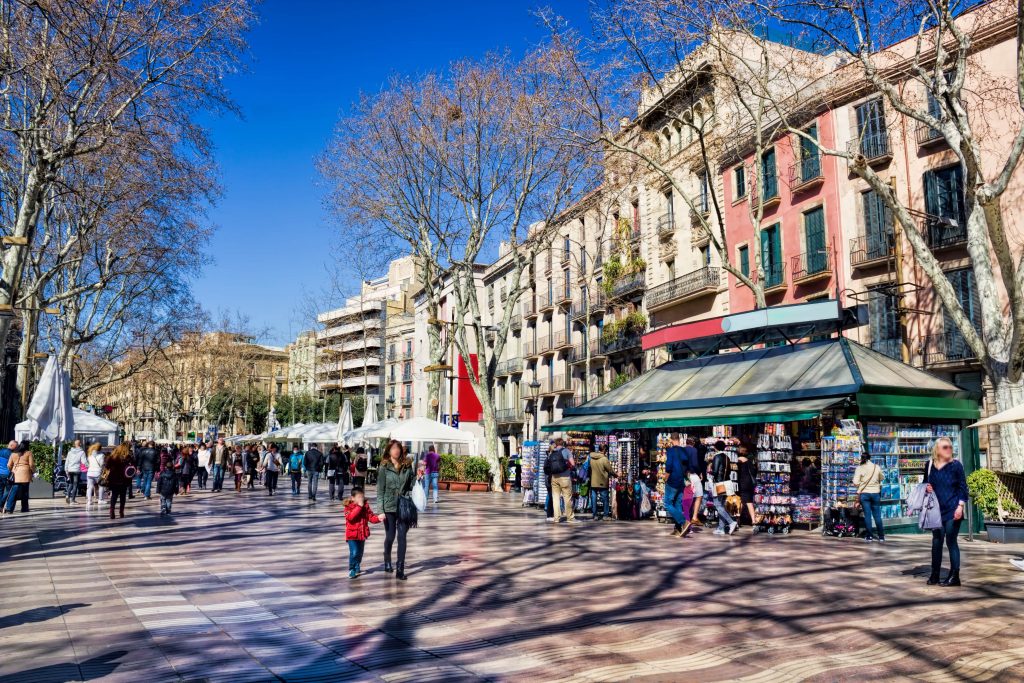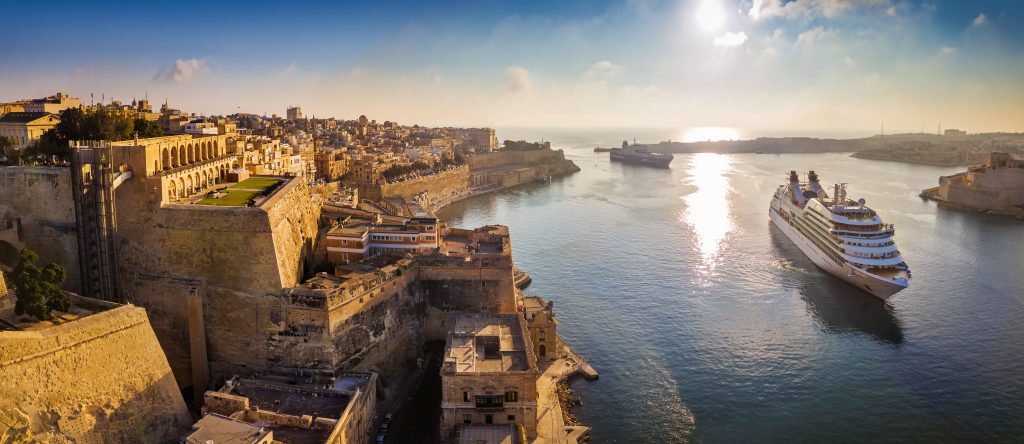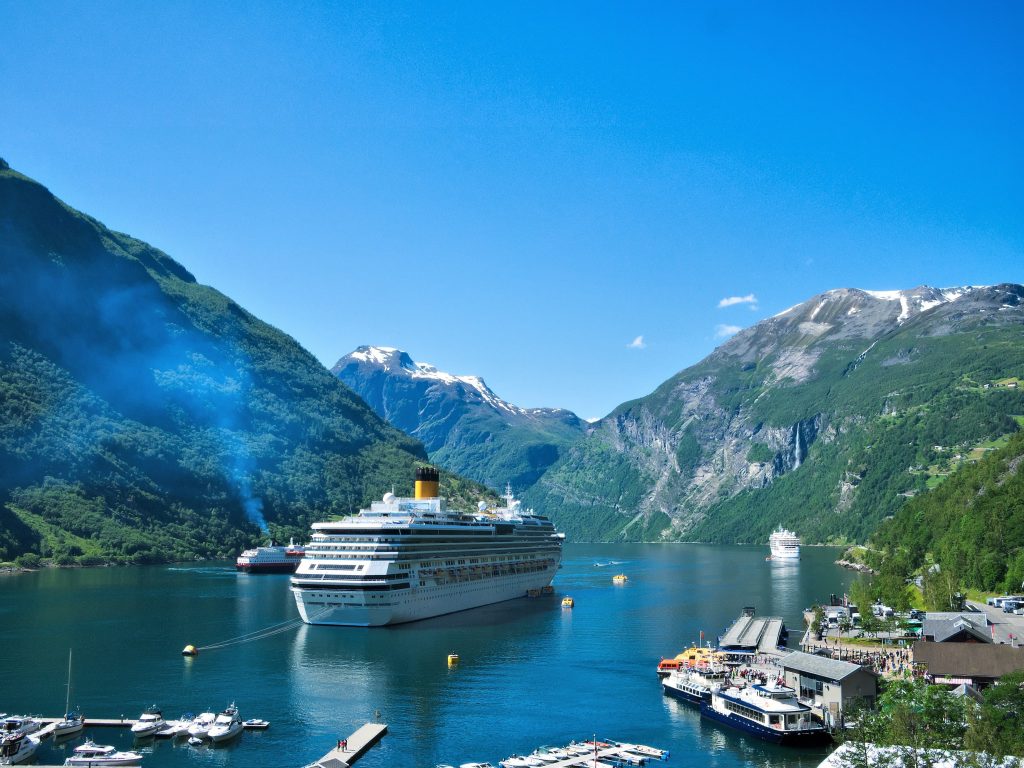What Are the Best Disability-Friendly Cruise Destinations?
For travellers, including those with reduced mobility, a cruise is an ideal holiday option. With all the facilities you need in the threshold of your cabin, you can focus on relaxing and enjoying the company of likeminded holidaymakers, while the chance to visit a variety of destinations means you can absorb the unique culture, language and heritage of different countries.
While cruise operators are rapidly adapting their ships to accommodate the needs of disabled guests, if you have restricted mobility, it is understandable that you may have concerns about how easy you would find it to sightsee once you arrive on dry land.
Fortunately, some cruise holiday destinations are almost custom-made for the disabled traveller.

Barcelona, Spain
Catalonia’s largest city may be surrounded by mountains, but mercifully for older and disabled visitors, its centre is mainly flat, making it a perfect cruise stop-off point for those who need to walk at a slower pace or rely on wheelchair assistance.
Many of Europe’s oldest cities boast a beautiful medieval centre and Barcelona is no exception; however, unlike its rivals, Barcelona has few cobblestones to make wheelchair journeys uncomfortable. Many of the key tourist sites are spaced close to each other, minimising walking time and enabling visitors to take a more leisurely approach to sightseeing, while the comprehensive network of buses, which offer wheelchair ramps, connect the main attractions.
And if you fancy spending a little time on the beach, the disabled access at Barcelona is among the best in Europe, with ramps onto the sand, wooden paths to the edge of the sea and even sand-friendly wheelchairs.

Valletta, Malta
The capital of the scenic Mediterranean island of Malta – a UNESCO World Heritage Site – is a favourite port for many cruise ships, and a thoroughly rewarding visit to this ancient city is guaranteed!
Most of Valletta is accessible for wheelchair users or those with restricted walking, while the jewel in the city’s crown, St John’s Co-Cathedral, is easy to negotiate with ramps and wide aisles. If you favour taking a bus ride, ramps provide easy access and, being an English-speaking nation, it’s easy to seek assistance from the driver. A horse-drawn open carriage ride is one of the more charming methods for touring Valletta, with space behind for a folded wheelchair.
One of Malta’s greatest assets is its diminutive size, meaning that it’s possible to venture into the neighbouring towns of Mdina (with its traffic-free streets), Tarxien and Marsaxlokk during the time the cruise ship is in port. There are disabled-friendly tour companies offering short trips if you prefer to get to know the island beyond Valetta.
Amsterdam, The Netherlands
Accessibility is taken extremely seriously in Amsterdam, with modifications to many buildings and transport options designed to maximise the visitor experience, irrespective of your mobility.
The city is gradually being relieved of traffic, with vehicles directed around instead of through the centre, meaning pedestrians can take a more comfortable and leisurely wander, particularly along the Prinsengracht Canal, and to visit the popular attractions such as Rembrandt House and the Rijksmuseum.
It is worth noting that the Anne Frank House is extremely small and always popular with visitors, so it poses a challenge even for many fully mobile or able-bodied tourists! A boat trip along the Prinsengracht is a must-do when visiting Amsterdam; several canal cruise companies have lifts to enable wheelchair users to access their boats. And, if you want to experience this picturesque city like the locals on two wheels, it’s possible to hire an adapted disabled-friendly bicycle.

Norwegian Fjords
Perfect for the disabled traveller for whom being onshore presents a significant challenge – or a first-time passenger anxious about being away from the ship for too long – a cruise along the Norwegian fjords is a rewarding and enjoyable experience.
From the deck you can simply relax and observe the breath-taking landscapes for which Norway is famous: the sheer cliffs, tumbling waterfalls and dramatic glaciers. If you do fancy stepping off the ship during a port call, most of the Norwegian cities – Flam, Stavanger, Skjolden and Alesund – are well-thought-out for disabled access and, in Bergen, the city’s trams are all fully accessible.
For an unforgettable experience, a ride on the Fløibanen Funicular, one of Bergen’s most famous attractions, affords mesmerising mountain views; full access is possible for wheelchairs (staff are always on-hand to explain which doors to use when boarding the funicular) and, at the summit, wooden pathways take you smoothly to different viewing points.
Access for disabled people and those with restricted mobility is rapidly improving, so a cruise to some of the continent’s most impressive destinations is a definite option for anyone who yearns to see more of what Europe has to offer.

